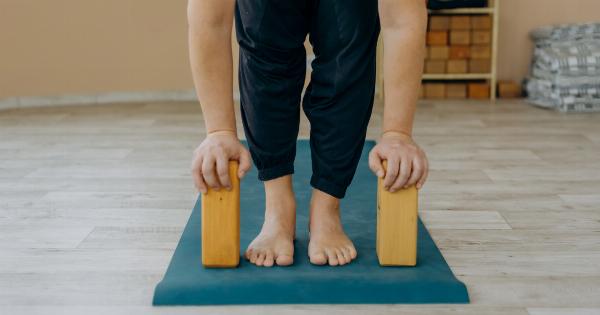Women face persistent pursuers at different stages of their lives, and it is crucial to understand when they are most vulnerable to them. Persistent pursuers can become dangerous and may cause psychological distress, harassment, or physical harm.
Therefore, women must learn to recognize the warning signs of persistent pursuers and know when to seek help. This article discusses and identifies when women are most vulnerable to persistent pursuers.
Teenage Years
The teenage years are a time of self-discovery and exploration, and many young women may find themselves vulnerable to persistent pursuers during this phase.
Some teenage girls may seek attention and validation from boys and men, and some may fall prey to grooming and manipulation by older men. This can lead to unhealthy relationships, emotional trauma, and even sexual abuse.
Additionally, teenagers who lack parental support or guidance may face difficulties in identifying and dealing with persistent pursuers.
The absence of a supportive home environment and low self-esteem may also make it harder for teenagers to recognize and resist coercion or abuse by persistent pursuers.
Early Adulthood
Women in their early adulthood may also find themselves especially vulnerable to persistent pursuers.
This age group includes those between the ages of 18 to 35, and it is during this time that women may engage in new relationships with people they meet in social settings. This can include online dating websites, parties, or other social events.
In many cases, some men may take advantage of women seeking companionship and use manipulative tactics to forge relationships. Others may use their social status, wealth, or professions to coerce or intimidate women into submission.
Additionally, women who face financial or emotional challenges may fall prey to persistent pursuers who offer support or a means of escape.
Divorce or Separation
Divorce or separation can also leave women exposed to persistent pursuers. During this period, women may experience emotional upheaval, financial struggles, and social isolation.
This can make them more vulnerable to manipulation and exploitation by persistent pursuers who take advantage of their fragile state.
Moreover, some ex-partners may use children, shared assets, or other means to exert control or coerce their former partners.
This can cause undue emotional stress and can escalate to physical harm, especially in situations where the ex-partner is abusive.
Widowhood and Old Age
Widowed or older women may also face persistent pursuers who seek to exploit their vulnerabilities.
These women may have lost their partners, their physical or mental abilities may have declined, and their social circle may have reduced, making it harder to resist or report harassment or abuse.
Moreover, caregivers or nursing home staff may take advantage of older women’s dependence on them to cause emotional or physical harm. This can lead to depression, anxiety, or even death in some cases.
Therefore, it is essential to protect older women’s rights and provide them with adequate support and care to avoid persistent pursuers.
Conclusion
Persistent pursuers can harm women of all backgrounds and ages, and it is essential to educate women on how to recognize and deal with them.
By identifying the vulnerable periods in women’s lives, we can better support and protect them against manipulation, coercion, and abuse. It is crucial to create safe environments where women can thrive, seek assistance if needed, and lead fulfilling lives.


























